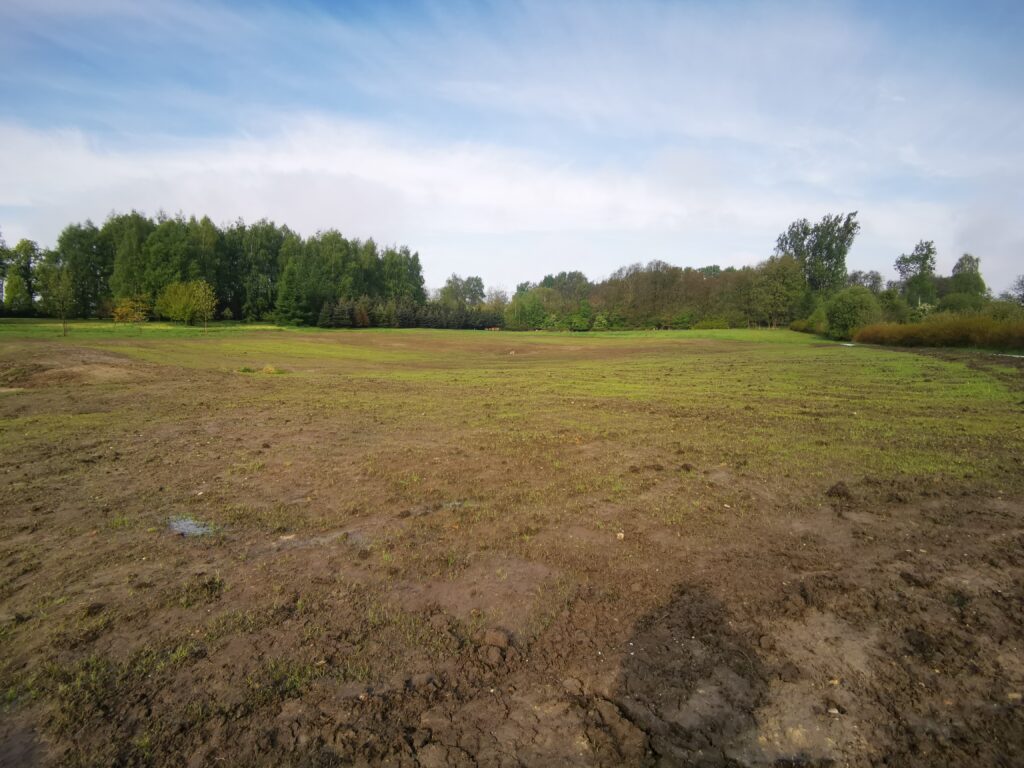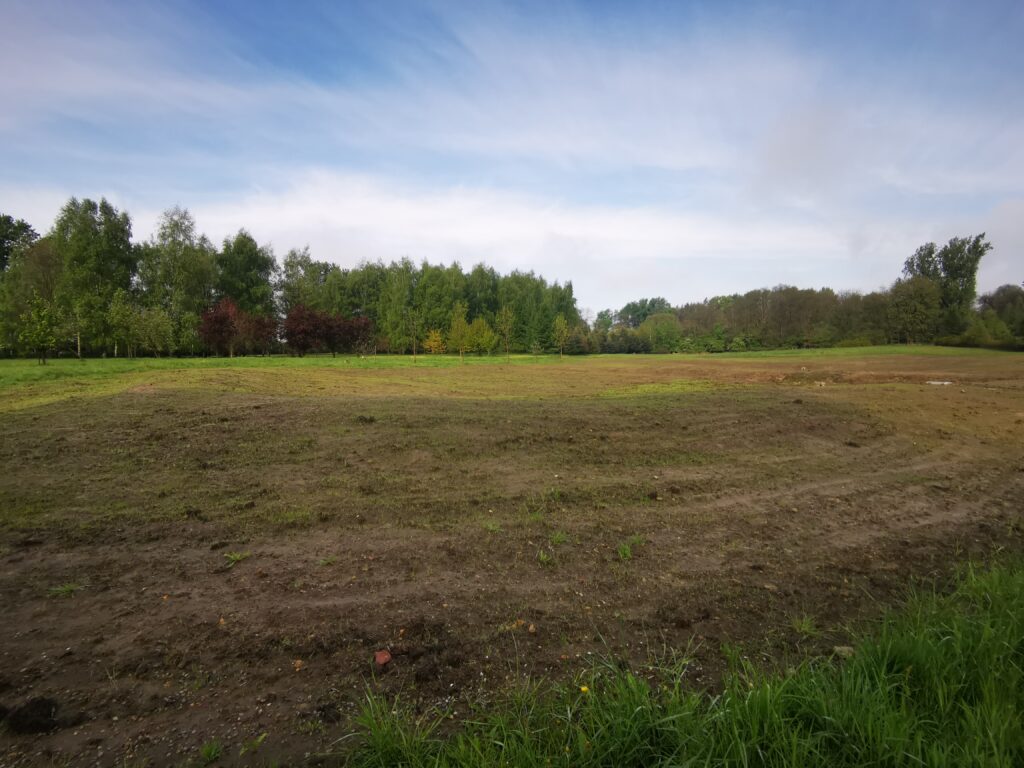This multi-faceted investment took several months to complete. Its effects are not visually spectacular, while its value for nature is invaluable. The creation of a rainwater bioretention system at the Silesian Botanical Garden is aimed at slowing down the flow of rainwater by redirecting and distributing it to areas that are elements of the bioretention system (including astatic reservoirs, rain gardens, wetlands) and then collecting excess water in underground reservoirs. The work was divided between three gardens: Yellow Garden on Pine Street, Red Garden on December Street and Green Garden on Golf Street.
Yellow garden
1 An installation for direct rainwater management was designed and constructed:
rain garden with sealed bottom and overflow to underground tank,
a rain garden with an unsealed bottom preceded by an underground tank.
- three astatic reservoirs were constructed in the form of a retention trough, a retention basin and a dry reservoir to intercept excess rainwater from the Pine Mountain area, as well as a filtration and infiltration ditch draining excess water from the trough and retention basin towards the dry grass reservoir and a drainage ditch, from the third of the reservoirs, into the hydrophytic pond to be renovated.
3 The hydrophytic pond located at the foot of Pine Mountain was renovated.
4 Two underground concrete tanks were installed.
Red Garden
An astatic reservoir in the form of a retention and infiltration basin was designed and constructed.
Green garden
The moral function of the meadow was restored by designing and constructing low damming
water on an approximately 50m section of drainage ditch.








